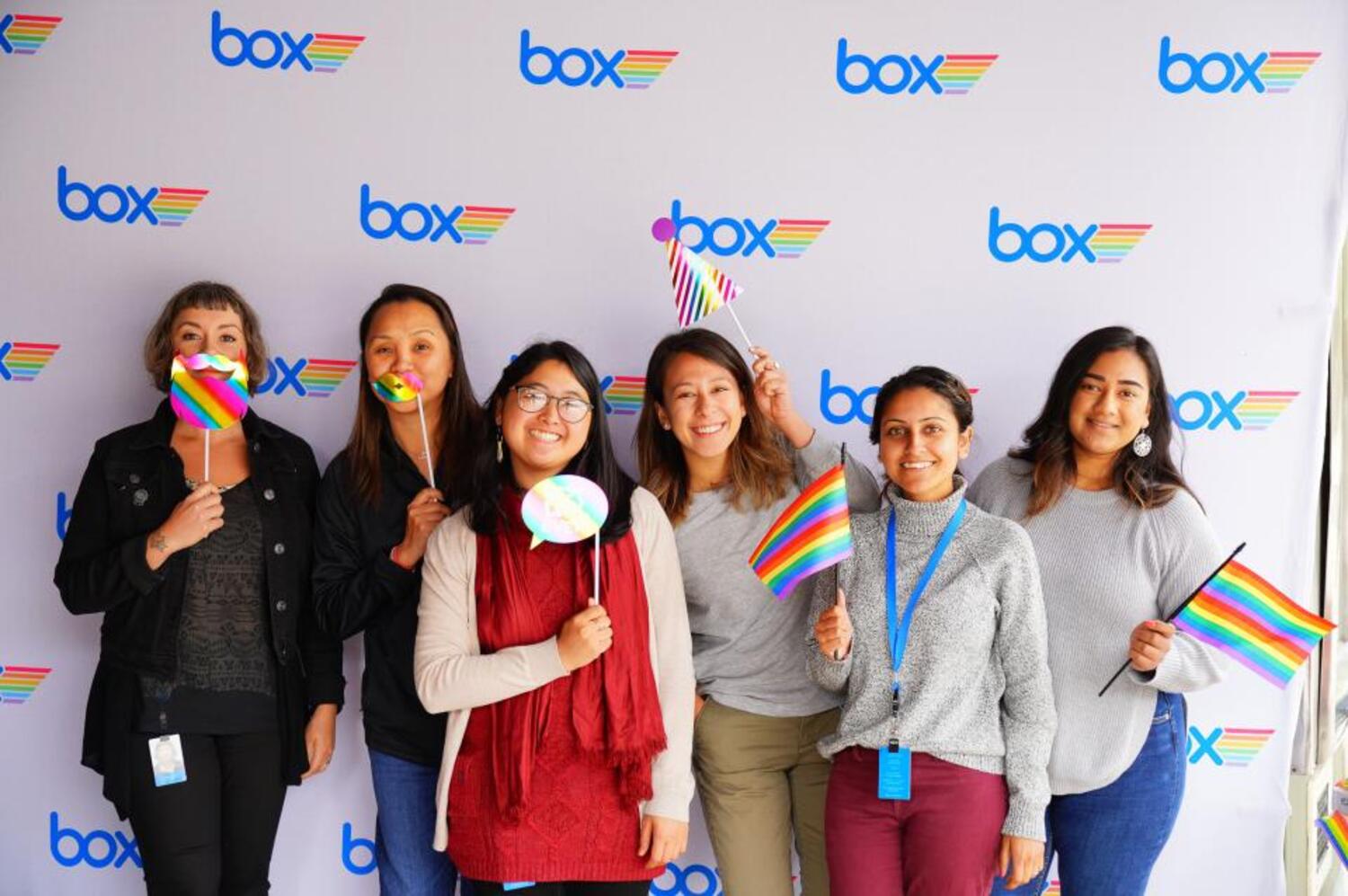Benchmarks & Trends, Diversity & Inclusion, Employee Experience, FOR ALL, Innovation
Are you innovating at full speed?
Many business leaders know it’s crucial to include all their talent in developing product breakthroughs and improving internal processes.
But even when leaders do everything right, they often end up frustrated—stuck in an innovation block.
Our research discovered five hidden barriers that slow down a company’s agility and inventiveness. If your organization has just two of the five barriers, your innovation capacity drops by 50 percent.
In our new research paper, The Five Hidden Barriers to Innovation, we at Great Place To Work illuminate these five hard-to-see hurdles.
The secret to speedier innovation is what we call Innovation By All. As we showed in our first Innovation Insights Paper, organizations that are best able to invite all their people into the innovation process have 5.5 times the revenue growth of their less-inclusive peers. When everyone creates, is connected and contributes, organizations also see greater productivity, reduced turnover risk and increased agility.
In our new Innovation Insights paper, we explored what gets in the way of Innovation By All. We analyzed some 500,000 employee survey responses from nearly 800 organizations. We used machine learning algorithms to uncover the most significant set of written phrases, Trust Index© survey statements, and demographics that collectively explained why some employees experienced more meaningful innovation opportunities than others.
We discovered five obstacles to innovation:
- Everyday Fear: When employees experience anxiety around asking for work-life balance, they are less likely to innovate.
- Purpose Gaps: If employees feel they're left out of the company's mission and excitement, they quickly feel excluded from innovation as well.
- Running Too Lean: When people lack resources to get their work done or struggle to pay their bills where they live, they can't participate fully in innovation.
- Frontline Manager Funk: Frontline managers are fundamental to driving innovation, yet often are left feeling neglected, overworked, and under-supported.
- Stagnating Minds: Many people do not feel they have the ability to grow professionally, which leads them to feel stuck and blocked from contributing new ideas.
We call these “hidden barriers” because they can easily escape leaders’ notice. “Everyday Fear,” for example, refers not to the obvious problem of employees fearing layoffs or bosses yelling at them, but to the more subtle way workers can worry they can’t take time off to care for themselves or their families.
We also discovered an antidote to everyday fear: encouragement. Employees who use the word "encourage" in their written comments are 42 percent more likely to believe they had meaningful innovation opportunities.
The paper also shares the inspiring story of Wegmans Food Markets, and how one of its frontline employees helped keep it on the cutting edge of healthy foods by introducing “cauliflower rice” into the product mix.
Wegmans was able to innovate effectively by avoiding the Five Hidden Barriers. We invite you to download our new paper to learn more about these obstacles to greater agility and invention.
If you have any of the barriers, you aren’t innovating at full speed.
Can you afford anything less?
Download the report today.











